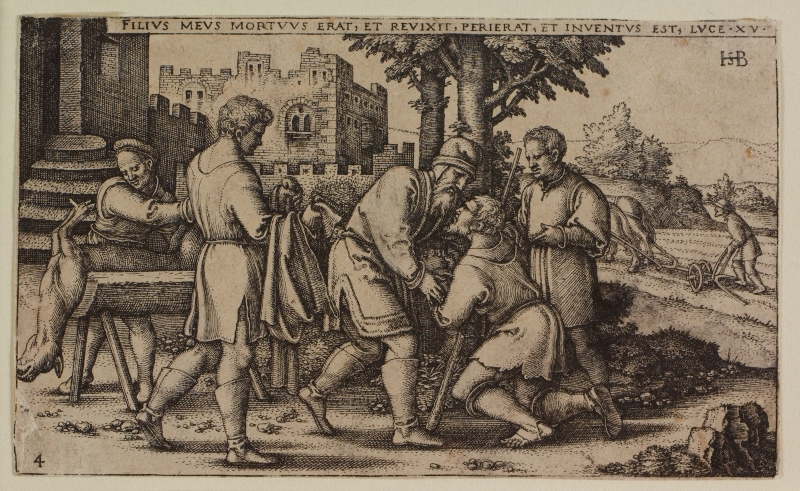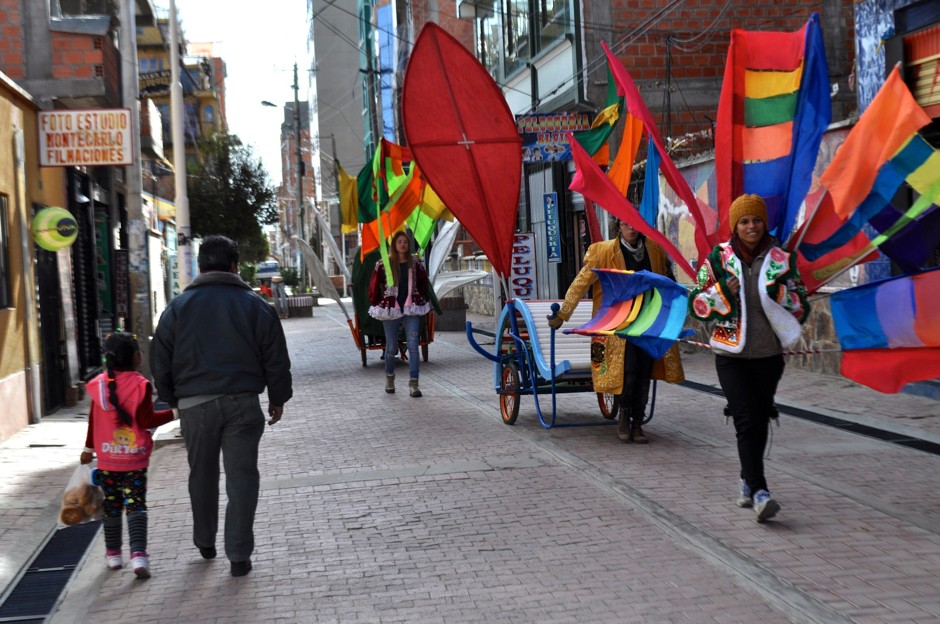available for purchase
at this time.
Link Roundup! – 9/11/15
Link Roundups feature articles and bits of internet goodness that our dramaturgy team digs up. If you find something you want to send our way, drop us a line on Facebook or Twitter!
♦♦♦♦♦
KQED has a story about how the arts can make people more empathetic:
“The arts act as an antidote to that estrangement,” Zaki added, “[and] provide you with a very low risk way of entering worlds and lives and minds that are far from what you would normally experience.”
One study found that reading literature, but not junk fiction, increases a person’s ability to be empathetic. Though Zaki wondered “does reading make you more empathetic, or does being more empathetic make you want to read more fiction?”
People, and some animals, come into the world ready for empathy, because we’re born with what are called mirror neurons. And Zaki believes the arts can stimulate those neurons.
♦♦♦♦♦
On HowlRound, playwright Kira Obolensky talks about how writing for a specific audience has changed her process:
Hayley: I love this notion of “casting” the audience into the piece. Imagining them. And that’s been a shift for you in this residency, even though you’ve written for Ten Thousand Things before.
Kira: I think I’m getting better at it. And I think it is making my plays better. I think, actually, if every playwright—even if they didn’t have access to these amazing audiences—were to think about their plays with a bigger range of humanity in mind for receiving their play, we would have a canon of beautiful, complicated expressions of the world we live in.
♦♦♦♦♦
CityLab has the story about some design students and a nonprofit theater group that are creating pop up recreation space in Bolivia:
In this dense city, driven by commerce at all scales, streets, sidewalks, and communal spaces are often transformed into informal markets, where vendors and minibuses compete for real estate. While this competition brings vitality, it requires novel methods of occupying urban space for play.
The pop-up playground aims to do just that. Over three summers, the International Design Clinic (IDC), a “guerrilla design” collective, has collaborated with Teatro Trono to design and build a pair of mutable, movable playspaces that will help the organization expand its activism into El Alto’s public space. The areas currently designated for children in El Alto are scant and often ill-maintained.
♦♦♦♦♦
The Chicago Tribune is looking at how the arts can make neighborhoods more appealing to developers and become more integrated into housing plans:
From Detroit to Logan Square, artists are agents of gentrification, as has been the case at least since the 1980s. But another phenomenon is now observable in the ever-fascinating relationship between artists and real-estate developers: Artists are now being used to make large-scale developments more acceptable to neighborhood advocacy groups, and thus more likely to get done.

